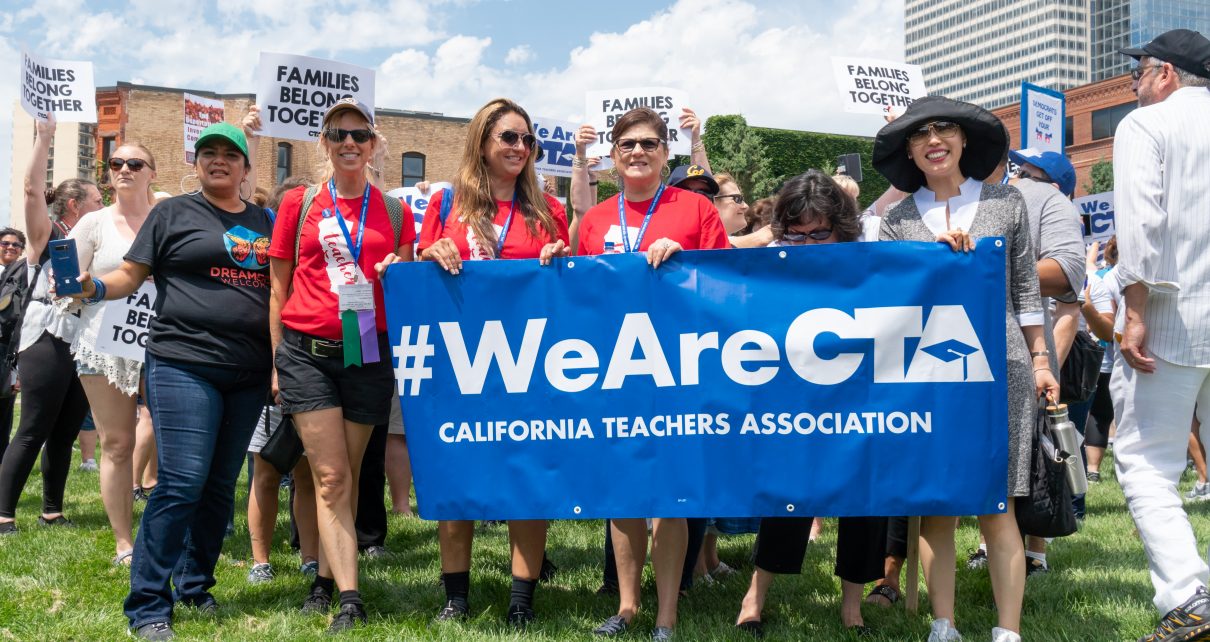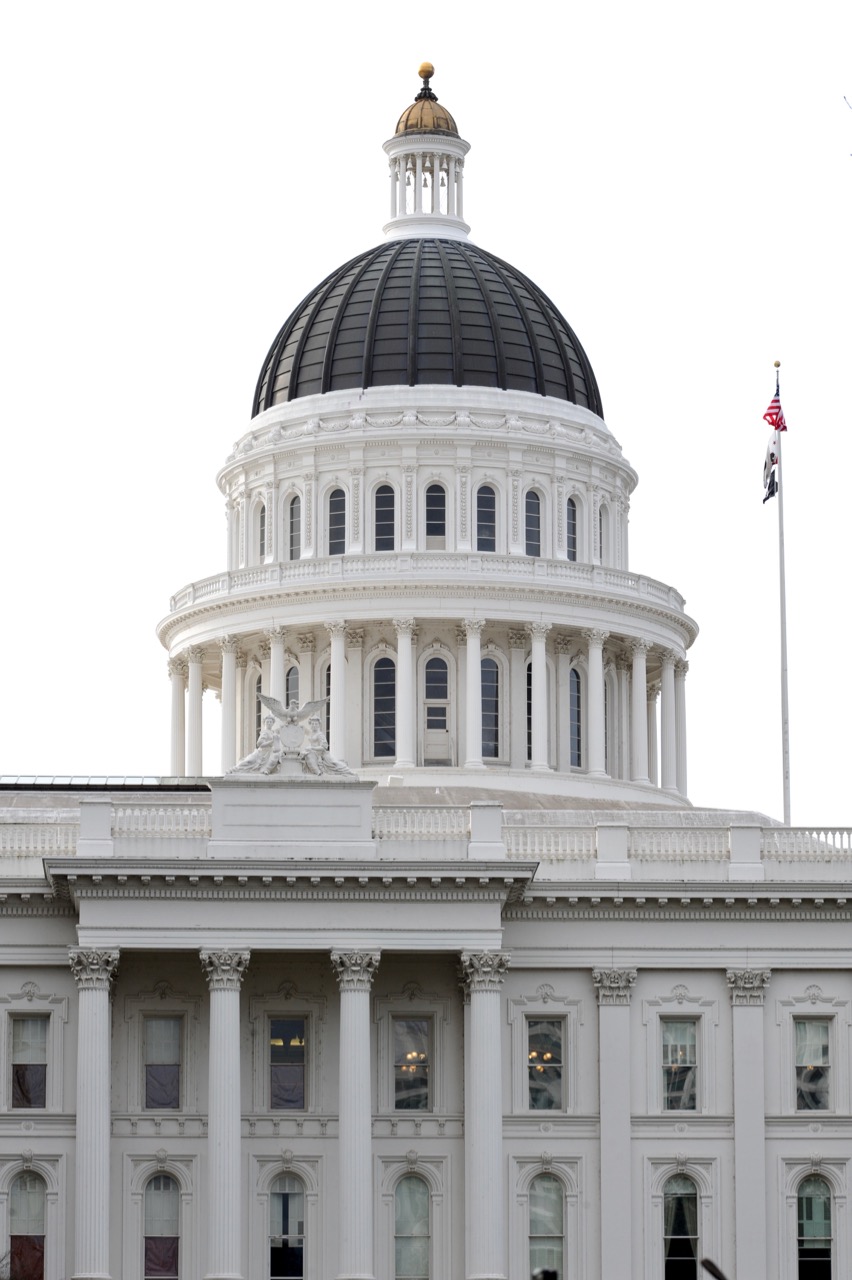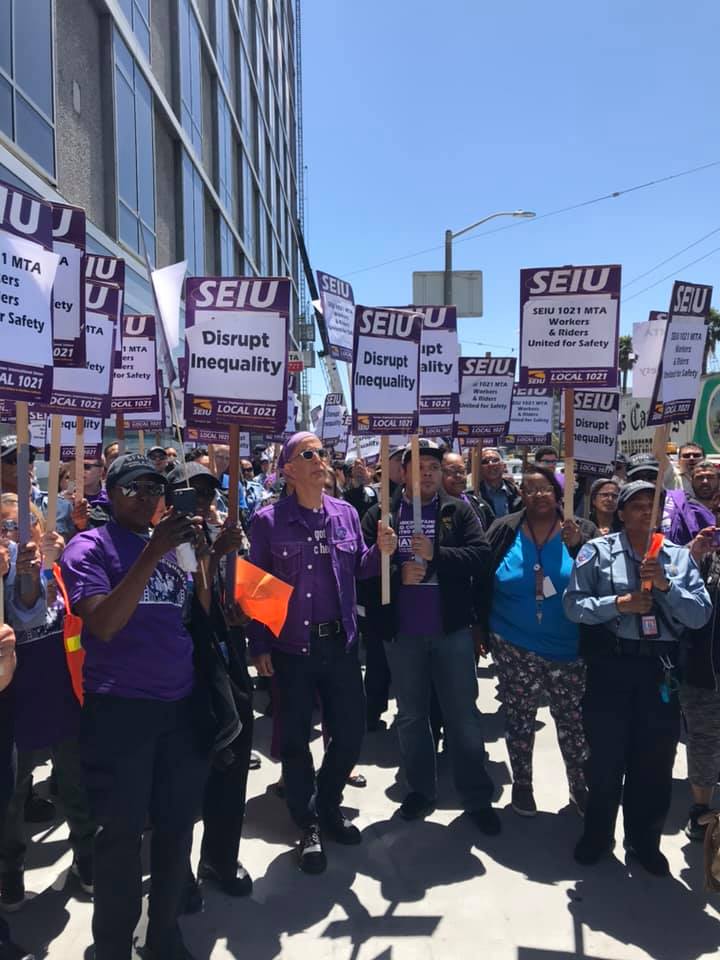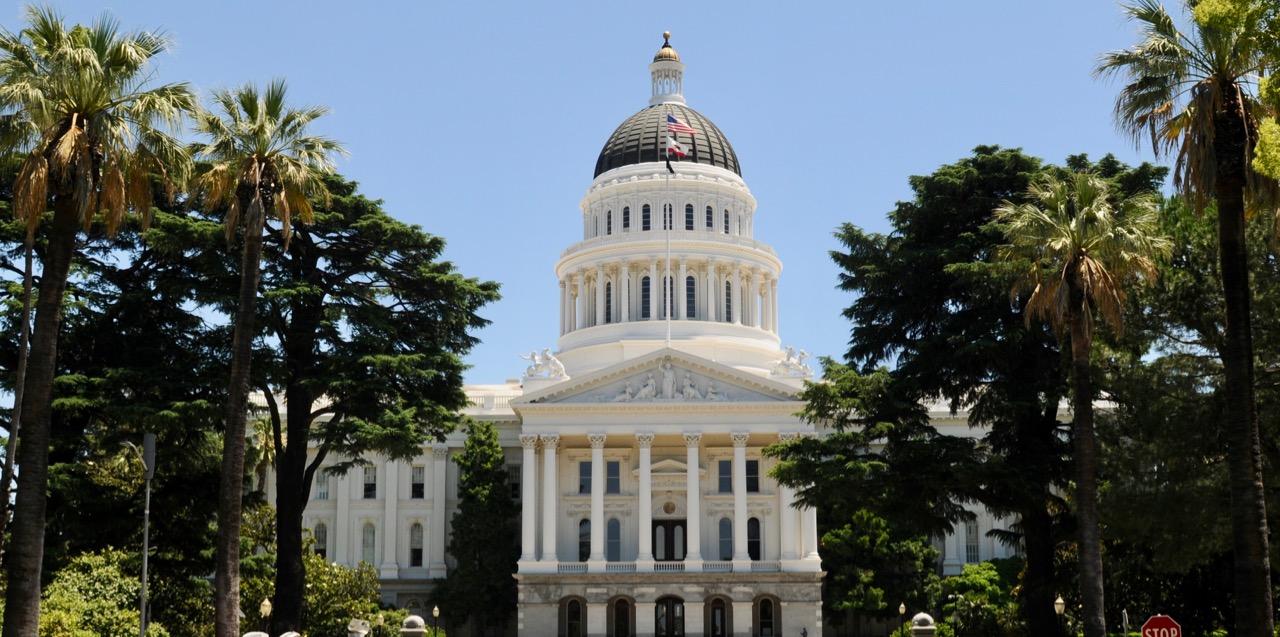
California Teachers Association march. (Photo: Ken Wolter, Shutterstock)
Tracking Political Spending by Government Unions
The vast majority of elected positions, especially at the local level, are bought and paid for by government unions
By Edward Ring, November 8, 2022 5:55 am
With a rough top-down analysis, it’s easy enough to estimate how much government unions collect and spend every year in California. They have roughly a million members, paying roughly $1,000 per year in dues. That would be one billion dollars per year. They spend about a third of that on politics. That’s equal to over a half billion dollars, every two year election cycle, that these unions can use to influence if not decide the outcome of every contest from the top to the bottom of the ticket.
If you want to know who is paying for those ubiquitous yard signs promoting some complete unknown to become the next member of the local school board, however, it gets a lot harder. If you think it’s a government union local, buying the office for a compliant candidate, you’re probably right. They’ve got the money, and they’re everywhere. But compiling a detailed assessment of government union spending at the local level in California is nearly impossible.
This matters because public agencies are relatively decentralized in California, with local government expenditures accounting for over 60 percent of total state and local spending. The only organizations that wield sufficient resources to select and support tens of thousands of local candidates every election are government employee unions. For obvious reasons these unions also have a strong incentive to find candidates they know they’ll be able to “negotiate” with for more staff, more pay, and more benefits.
Reform candidates willing to stand up to government unions quickly learn that the rules favor big money and big institutions. To begin with, there are limits to how much anyone can donate to an individual campaign. This means a candidate cannot find a political patron to back their campaign, but instead has to raise money from hundreds of donors. That’s much harder, especially at the local level. The political patron that is ever present, in every race, is the union whose members staff the agencies these elected officials will supposedly oversee.
The practical impact of contribution limits is that most viable candidacies are backed by “independent expenditure campaigns” for which there are no contribution limits. And if the candidate coordinates their individual campaign efforts with an independent expenditure campaign, they go to jail.
Contribution limits, contrary to their intent, have made it easier for big money – i.e., government unions – to dominate every small race. When a government union pours money, without limit, into an independent expenditure campaign, they exercise more influence on a candidate they support, because with independent expenditure campaigns it is the donor, instead of the candidate, who creates and defines the candidate’s identity to voters.
Another pernicious consequence of contribution limits is that by necessitating the proliferation of independent expenditure campaigns that can accept big money, it’s a lot easer to hide union money. To begin to get an idea of how difficult it is to track government union political spending in California from the ground up, monitoring every campaign, go to the California Secretary of State’s Campaign Finance website, select “Committees, Parties, Major Donors & Slate Mailers,” and enter the search term “teachers.” After you’ve eliminated the ones that are inactive and terminated, you will be staring down a list of 461 active recipient committees funded by state and local teachers unions.
Examining the reports from these 461 committees formed by teachers unions quickly reveals how little you really know. Many of the incoming contributions come from other committees; many of the outgoing donations are to other committees. It is almost impossible to track the money coming in or going out to its ultimate source or destination. Making matters much worse is the fact that only “state political campaigns and lobbying individuals and entities are required to file financial information with the Secretary of State.” Committees that restrict their activity to local candidates – and there are thousands of them – do not have to file reports on the state’s campaign finance website.
So who paid for those yard signs?
To answer this, California’s counties have stepped up to provide campaign finance information for local elections. The same challenges, however, are multiplied on these websites. Trying to decipher what donors are behind what candidates is an exercise in futility. The many transparency resources created by California’s state and county election officials are rendered nearly opaque by virtue of their complexity.
For starters, the website interfaces used by these counties are not uniform. Have a look at the campaign finance “public search” websites for San Diego, Los Angeles, Santa Clara and Sacramento counties. They’re all different. If you’re looking for information all over the state, you’ll need to learn each interface separately. In most cases, finding data on candidate controlled committees is relatively easy. But that’s not where the big money gets spent.
When it comes to independent expenditures, the complexity can become overwhelming. There is no limit on the number of independent expenditure campaigns that can be set up to influence a single race, and the contributions are reported in several different ways. For example, independent expenditures against a candidate are not reported in the same place as independent expenditures in support of that candidate’s opponent. Making matters still worse, if there is a campaign effort – a mailer, an online ad, a text or robocall campaign, a door hanger, whatever – that communicates support or opposition to multiple candidates, those expenses can show up in one place but have to be apportioned to each of the candidates mentioned.
It’s interesting to wonder what possibilities might exist to algorithmically mine California’s 58 county election reporting systems and Secretary of State Campaign Finance database to search by each candidate’s name and develop a report that identifies every donor to every committee that is either for the candidate or against their opponent. That would not be a terrifically challenging project, if California’s 58 counties used standardized campaign finance portals, and if they required candidates and committees to submit their information into a database instead of merely requiring them to upload PDF files of paper reports.
It would probably come as a surprise to many voters on the sidelines, and no surprise at all to those who have participated in state and local politics, that the vast majority of elected positions, especially at the local level, are bought and paid for by government unions. But don’t expect a comprehensive report on exactly how much was spent, in every local contest, despite that transparency residing well within the capacity of existing technology.
Without better information on the sources of campaign contributions, it is still informative to simply visit a candidate’s website and see who is endorsing them. If a candidate is endorsed by government unions, you can be pretty sure who bought those lawn signs.
- Ringside: Conditions President Trump Can Put on California’s Federal Relief Funds - February 10, 2025
- Ringside: Ten State Water Laws to Scrap - January 30, 2025
- Ringside: Quantifying the Upside of More Lawns - January 22, 2025





I bought several Brian Dahle yard signs and car magnets from a print shop located in MICHIGAN and placed them strategically in the 805 – no union support here…
Thank You for doing that @CriticalD.
Is it not baffling that the Dahle campaign and the CA GOP did not put signage up. The only Dahle sign I saw was on my front lawn????
I have to say, I never saw a Newsom sign as well.